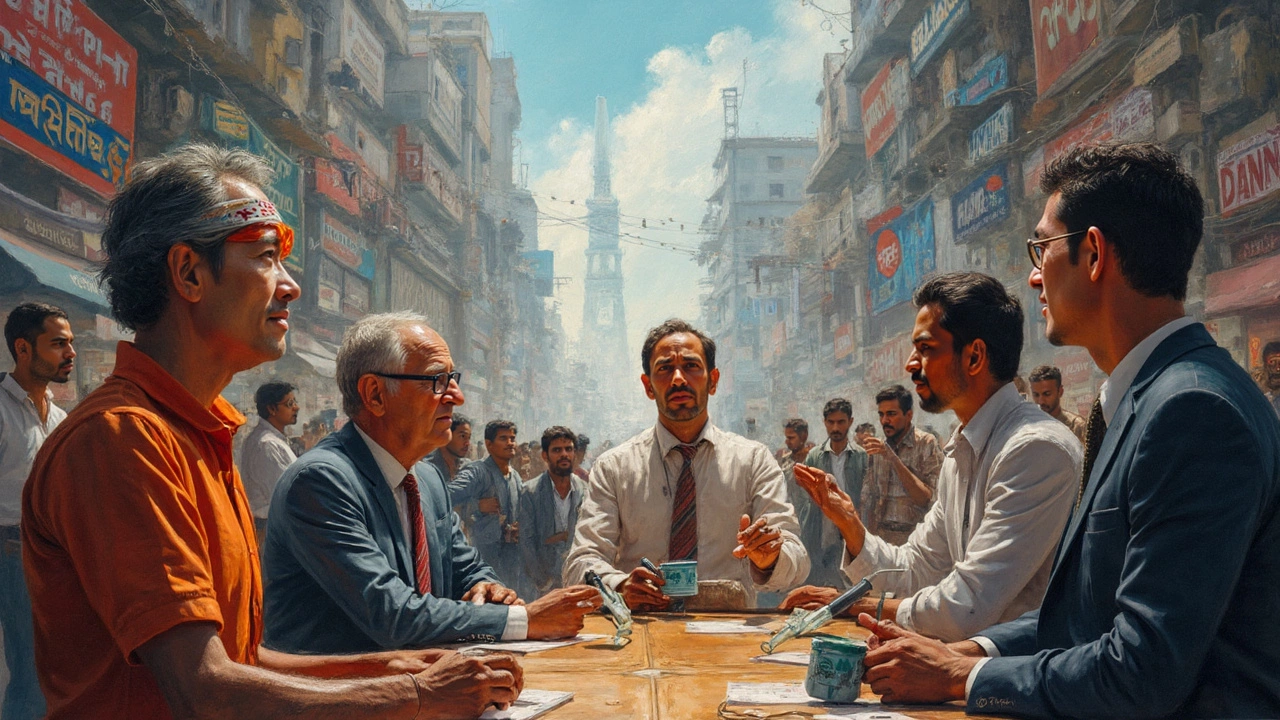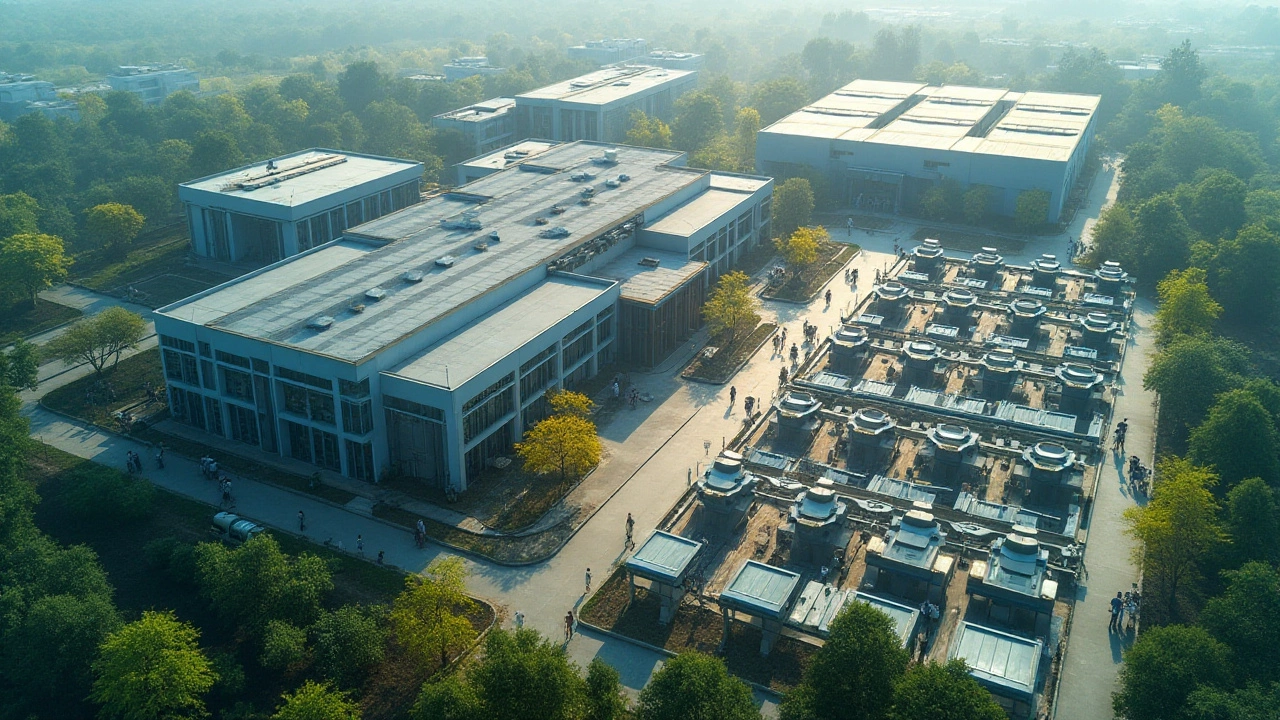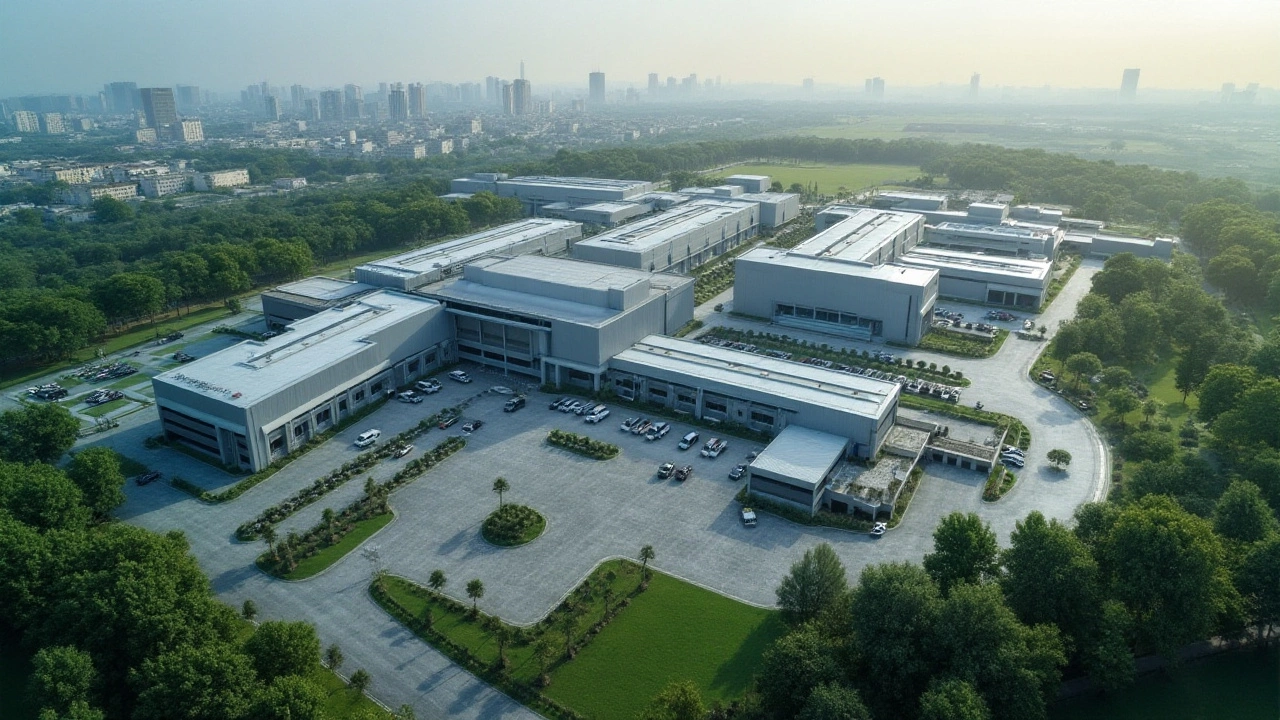Pharmaceutical Manufacturing in India: What You Need to Know
India’s pharma sector isn’t just big – it’s a powerhouse that supplies the world with affordable medicines. If you’re curious about how the industry works, where the biggest plants sit, or what makes the country a go‑to destination for drug production, you’ve landed in the right place.
Why India Leads in Pharma Manufacturing
First off, cost matters. Labor, raw materials, and compliance expenses in India are lower than in most Western nations, allowing companies to keep prices down without cutting quality. The government backs the sector with policies that protect intellectual property yet encourage generic production. Combine that with a massive pool of skilled scientists and engineers, and you have a recipe for rapid growth.
Regulation plays a big role, too. Agencies like the CDSCO and approvals from the US FDA give Indian plants credibility on the global stage. When a plant earns a US FDA stamp, exporters can ship to the US, Europe, and beyond without a hitch. This trust factor has turned many Indian facilities into export hubs.
Key Players and Their Manufacturing Locations
Big names dominate the landscape. Sun Pharmaceuticals, Dr. Reddy’s Laboratories, Cipla, and Lupin each run multiple plants across the country. Sun’s megafacility in Gujarat, for example, handles everything from APIs to finished dosage forms, while Dr. Reddy’s has a sprawling campus in Hyderabad that focuses on sterile injectables.
Hyderabad, often called the "Pharma Hub", hosts a cluster of R&D centers and bulk drug manufacturers. The city’s infrastructure – reliable power, water, and logistics – makes it easy to ship large batches overseas. Meanwhile, western states like Maharashtra and Gujarat attract investments for their port access and business‑friendly climate.
If you’re looking for specific locations, here’s a quick snapshot:
- Cipla: Plants in Mumbai, Vadodara, and Baddi focus on tablets, capsules, and inhalation products.
- Dr. Reddy’s: Facilities in Hyderabad, Visakhapatnam, and a recent launch in New Delhi for biotech‑based drugs.
- Sun Pharma: Gujarat (Gandhinagar) for solid dosage, and Andhra Pradesh for liquid formulations.
These sites are not just factories; they often house research labs, quality‑control wings, and training centers, creating an ecosystem that fuels continuous innovation.
For newcomers, scaling up can be tricky. Start by mapping out the regulatory requirements for the drug class you intend to produce. Then, scout for a plant that already has the needed certifications – it saves time and money. Many firms also offer contract manufacturing services, letting you use existing lines without huge capital outlay.
In short, India’s pharmaceutical manufacturing scene offers a mix of cost efficiency, skilled talent, and global credibility. Whether you aim to launch a new generic, partner with an established player, or set up your own facility, the country provides the tools and infrastructure to turn ideas into market‑ready medicines.

Top 10 Pharma Labs in India (2025): Leaders, Strengths, and How to Choose
A clear, current list of India’s top 10 pharma labs for 2025-who leads, why they matter, what they’re best at, and how to pick the right partner with confidence.
Read More
Pharma Hub Hyderabad: Why India’s Medicine Industry Relies on This City
Hyderabad has earned the nickname 'pharma hub' thanks to its massive pharmaceutical manufacturing industry, world-class research centers, and skilled workforce. This article digs into how the city climbed to the top, what makes its pharma sector boom, and why global companies are setting up shop here. Find out how Hyderabad became the go-to place for drugs and medicines in India, what the advantages are for manufacturers, and why the city shows no signs of slowing down. Whether you’re in the industry or just curious, you’ll get clear answers and handy info here.
Read More
Pharma Manufacturing Companies in India: How Many Are There and What You Need to Know
Wondering how many pharma manufacturing companies exist in India? This article breaks down the numbers, shows where these companies are spread out, and explains why India is called the 'pharmacy of the world.' You'll find surprising facts, reasons behind the industry's rapid growth, and tips for businesses or job seekers interested in this sector. We'll also touch on regulations and what sets Indian pharma apart. Useful, detailed, and full of insights anyone can understand.
Read More
AbbVie Scandal: Unraveling Pharma Missteps in India
The AbbVie scandal has surfaced significant concerns over pharmaceutical practices in India, spotlighting issues such as unethical promotions and questionable drug approvals. With the involvement of influential entities, the scandal reveals the complex dynamics between global pharma leaders and Indian regulations. This article explores the origins, the key players, and potential repercussions for the industry. Understanding the scandal helps to grasp the broader implications on public trust and regulatory frameworks.
Read More
Owning a Pharmacy in India: Is It Profitable?
Owning a pharmacy in India can be a lucrative venture given the country's booming pharmaceutical industry. A combination of increasing healthcare needs and a growing population makes it a potentially promising business. However, understanding the regulatory environment, managing supply chains, and ensuring competitive pricing are crucial. While lucrative, owning a pharmacy also involves significant challenges such as navigating bureaucracy and dealing with competition.
Read More
Who Owns Cipla? A Glimpse into This Indian Pharma Giant
Cipla, a leading Indian pharmaceutical company, holds a significant presence in the global market. Founded in 1935 by Dr. K.A. Hamied, the company has been under the ownership of the Hamied family since its inception. Known for its affordable medicines, Cipla has driven innovation in producing life-saving drugs. The article explores Cipla's ownership structure, its impact on the pharma industry, and how it continues to shape healthcare globally.
Read More
The Top Pharma Powerhouse in India: Unveiling the Giant
In the thriving landscape of India's pharmaceutical industry, identifying the most valuable group isn't a simple task. The market is pulsing with innovation and fierce competition. Companies like Sun Pharmaceuticals and Dr. Reddy's Laboratories lead the charge, but who truly holds the crown among them? This article explores key players, what makes them tick, and why their impact extends beyond mere profit.
Read More
Who is the Billionaire Pharma in India?
In the world of pharmaceuticals, India has produced some remarkable billionaires who have made a significant impact in the industry. This article explores the leading pharmaceutical tycoons in India, focusing on their journey, contributions, and influence on both the national and global stages. Discover who the key players are, how they reached the top, and what sets them apart in the bustling Indian pharma market.
Read More
India's Top Pharma Company: Who Holds the Crown?
India's pharmaceutical industry is booming, making it crucial to identify the top player in the market. This article dives deep into which company holds the title of India's No. 1 pharma company by exploring market share, revenue, and innovation. With insights into the competitive landscape and key players, readers will gain a clearer understanding of why one company stands out. The piece also provides useful tips for those interested in the industry's dynamics and future trends.
Read More
Top Pharmaceutical Manufacturing Plants in India
India is home to some of the largest and most advanced pharmaceutical manufacturing plants in the world. Companies like Sun Pharmaceuticals and Dr. Reddy's Laboratories lead the pack with cutting-edge technology and rigorous quality standards. This article explores the top pharma plants in India, shedding light on their operations and contributions to the global healthcare sector. For anyone interested in understanding the backbone of India's booming pharmaceutical industry, this serves as an informative guide.
Read More
India's Dominance in the Global Pharmaceutical Industry
India has established itself as a powerhouse in the global pharmaceutical industry, renowned for its generic drug manufacturing and cost-effective production. The country's robust infrastructure, skilled workforce, and innovation in R&D have propelled it to a leadership position. With a significant share of the world’s pharmaceutical production, India continues to thrive amidst global competition. This article explores India's journey to becoming the top contender in the pharma industry.
Read More
Comprehensive Guide to Cipla Manufacturing Plants in India
Cipla, a leader in the pharmaceutical industry, has several manufacturing plants distributed across India. These plants are strategically located to meet the growing demand for pharmaceutical products both domestically and internationally. Each facility is dedicated to specific processes including formulation, API production, and more. Understanding the distribution and specialization of these plants can help in grasping the scope and scale of Cipla's operations in India.
Read More